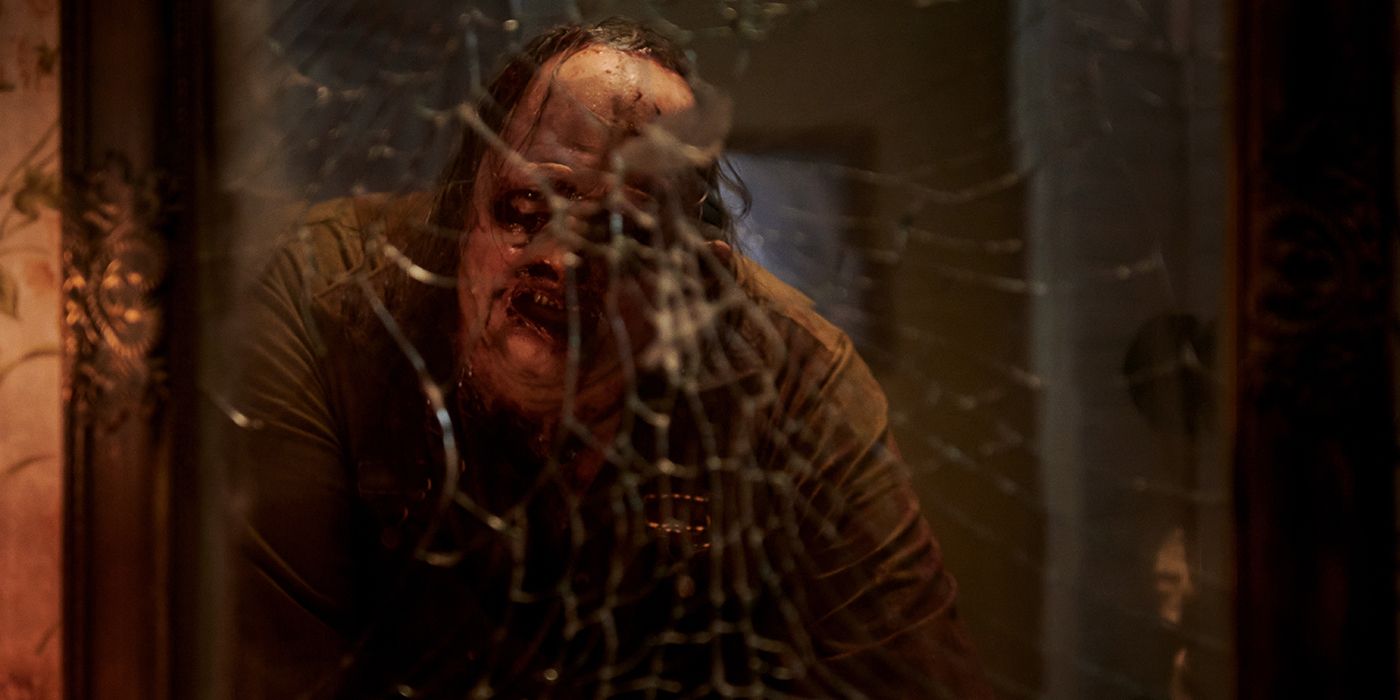Director David Blue Garcia explains Texas Chainsaw Massacre 2022's place in the franchise's messy continuity and timelines. The new film serves as a direct sequel to Tobe Hooper and Kim Henkel's iconic 1974 slasher and picks up 50 years after its events. Texas Chainsaw Massacre centers on young entrepreneur Melody as she brings her younger sister and their friends to the small town of Harlow with ideas to completely reinvent the ghost town, only to find themselves the target of an elderly Leatherface.
Sarah Yarkin leads the cast of Texas Chainsaw Massacre alongside Elsie Fisher, Mark Burnham as the older Leatherface, Jacob Latimore, Moe Dunford, Alice Krige, Jessica Allain, Nell Hudson and Olwen Fouéré as original survivor Sally Hardesty. Development on the film saw a rollercoaster of changes as the rights to the franchise shifted from Lionsgate to Legendary, cancelling the former's plans for sequels to 2017's Leatherface, and directors Ryan and Andy Tohill being fired within a week of filming from Legendary being underwhelmed by their material. Garcia would subsequently be brought on to helm and Texas Chainsaw Massacre would film from August 2020 to March 2021, with Netflix acquiring the rights the following August.
While speaking exclusively with Screen Rant to discuss the horror sequel, director David Blue Garcia offered some insight into Texas Chainsaw Massacre's place in its franchise's continuity. Though stating they approached it as a direct sequel to the original, he doesn't entirely disregard the previous films as non-canon and says audiences can choose what they want from them. See what Garcia said below:
"We like to call this a direct sequel to the original. Not that it ignores all the other films in between, but those aren't as important to the story. You can pick and choose what you want to from those other films. We're picking the movie up 50 years later and Leatherface has kind of been lying low in this orphanage and is disturbed by these millennial protagonists who come to town."
Throughout its near-50-year life span, the Texas Chainsaw Massacre franchise has undergone a number of narrative and timeline changes. Long before the new direct sequel, there were three sequels to the original film produced that saw progressively lower critical and commercial returns, ultimately leading to the remake timeline from Michael Bay's Platinum Dunes that comprised of two films. Upon Millennium Films and Lionsgate acquiring the rights to the franchise, they would build their own timeline beginning with the direct sequel Texas Chainsaw and prequel film Leatherface before losing the rights to Legendary a few years later.
Garcia's discussion that the new Texas Chainsaw Massacre doesn't inherently erase every previous sequel from the canon should come as an interesting tease for fans of the long-running franchise to keep their eyes peeled for clues as to where they all could fit. In a time in which direct sequels are becoming the new saving grace for the horror genre, namely with Danny McBride and David Gordon Green's Halloween trilogy, it is interesting to think that many filmmakers still seek to pay reverence to what came before, regardless of their receptions. Texas Chainsaw Massacre is now available to stream on Netflix.


